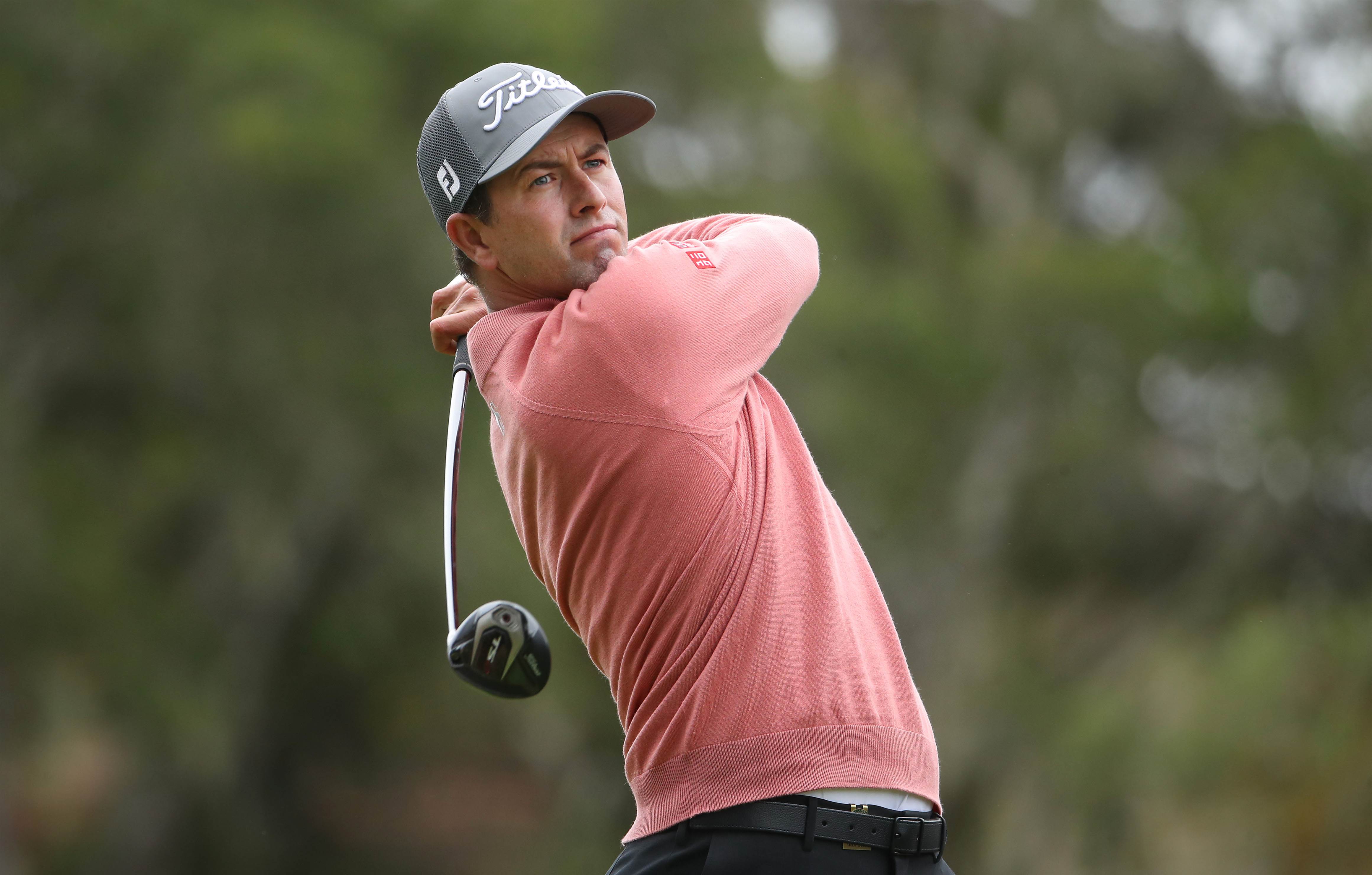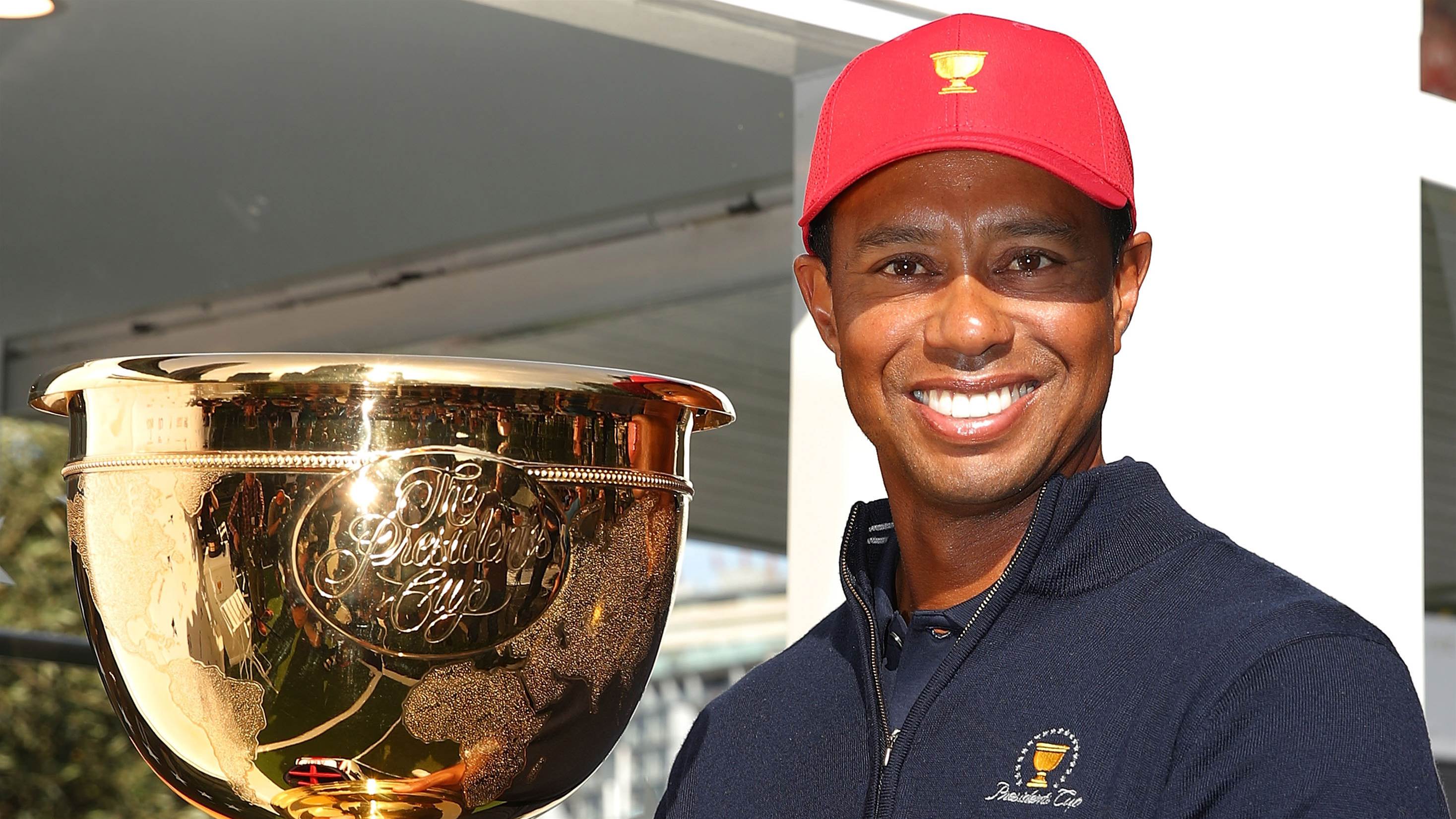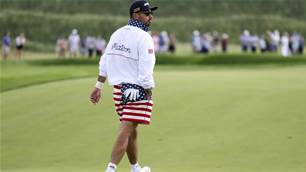With the core of his Internationals Presidents Cup team seemingly in place, Ernie Els is looking for lightning in a bottle.
Pick a team sport, any sport, and the effectiveness of the group routinely comes down to the strength of the key players in critical positions that you can build your team around.
The performance of the ‘spine’ of the fullback, five-eighth, half and hooker in rugby league or dynamic and experienced mid-courters complementing the tall timbers in attack and defence in netball, are a critical yet often elusive element required for sustained success.
While the importance of a ‘core’ of players is mirrored in many ways in team golf situations, the individual nature of the sport often can dilute that impact once you step on to the playing arena. Very hard after all for the experienced members to lift the others around them from a different hole or fairway – most of the influence they can exert is off the course in the team rooms and in practice.
With less than two months until the first eight players for the U.S. and Internationals Presidents Cup teams are determined at the conclusion of the PGA Tour’s Tour Championship, the ‘home’ captain Ernie Els already appears to have a returning core of players who have been at the forefront of the team’s efforts to win the Cup in recent meetings.

Barring injury, it would appear Marc Leishman, Adam Scott, Jason Day, Hideki Matsuyama and Louis Oosthuizen will again be a lock for the team with the quintet looking to play their fourth-successive Cup together at Royal Melbourne in December. On the back of his impressive form over the first half of 2019, Scott is also destined to become the Internationals’ highest capped player with his ninth appearance, one more than Fijian Vijay Singh and his skipper, Els.
Most of this core has been playing decent to very good golf – headed by Scott’s successive top-10 results at the U.S. PGA and U.S. Open – over the northern summer but Els will need that to be sustained or even elevated in six months’ time if his team is to contend against the defending-champion Americans.
As an Assistant in 2017 in New Jersey, Els knows only too well how fickle ‘form’ can be in these events. Arguably the hottest golfer on either team coming into those matches at Liberty National, Matsuyama’s confidence evaporated so quickly that he approached Captain Nick Price and asked to be benched for one of the Saturday fixtures.

Scott too was an automatic qualifier in 2017 but by his own admission, was short of a gallop after spending more time at home than usual following the birth of his second child. Charl Schwartzel, part of Price’s ‘core’ in 2017 and making his fourth Cup appearance, ultimately saved some face with a Singles victory on Sunday but had fallen off the charts with two horrendous losses in his pairings matches.
Faced with what could be a record number of debutants this year, Els will rely more than ever on the core to lead the way and help convince the new guys that their high finishes against their likely American opponents in stroke play fixtures can be transformed into confidence and resilience in the head-to-head match play format in Melbourne.
For the first time in the Cup’s history, captains will be able to make four selections to round out their teams at the conclusion of the WGC-HSBC Champions in Shanghai in November.
The expansion of picks from two to four – aligning it with the Ryder Cup model – will be a step forward for the Internationals in particular. Els will be able to pad out a third of his team based on more recent form, rather than having 10 players auto qualify months ahead but then having a number potentially going off the boil.

The depth chart of players available to the Americans had given them a definite edge under the two-pick system, along with the competition edge they’ve had with the bulk of their team playing the FedEx Cup Playoff series against quality opposition right up until the Presidents Cup. Both those normalities have been significantly altered for this year – another cause for some optimism for the International cause perhaps.
The American side is deep with highly-ranked players year in and year out however, many a European Ryder Cup rookie with world rankings similar to those of the Internationals have managed to find a way against a more ‘illustrious’ opponent over the years. Theirs is an example to be studied closely, alongside the fact that one of the better U.S. Ryder Cup teams on paper in history was resoundingly trounced at Le Golf National in the outskirts of Paris just last year.

The Internationals are likely to confront a largely similar team – possibly featuring Tiger Woods in a playing captain capacity – so the challenge is clear but so too, is the opportunity within reach. The 2015 Presidents Cup matches in Korea, where the decision came down to the final point in the final match on Sunday, illustrates just how capable this group can be.
The role ahead of Els, his Assistants and the now-established core over the next six months is in assuring the likely first timers from a group that include Cameron Smith, C.T. Pan, Justin Harding, Haotong Li, Kiradech Aphibarnrat, Abraham Ancer, even an Erik Van Rooyen, understand their team has what it takes to ensure lightning can be caught in a bottle right from the very first day at Royal Melbourne on December 9.

CURRENT STANDINGS
|
1 |
Marc Leishman |
|
2 |
Louis Oosthuizen |
|
3 |
Adam Scott |
|
4 |
Hideki Matsuyama |
|
5 |
Haotong Li |
|
6 |
C.T. Pan |
|
7 |
Jason Day |
|
8 |
Jazz Janewattananond |
|
9 |
Cameron Smith |
|
10 |
Abraham Ancer |
|
11 |
Justin Harding |
|
12 |
Shugo Imahira |
Related Articles

Aussie golf stars praise Open's return to traditions

The Aussies at The Open













